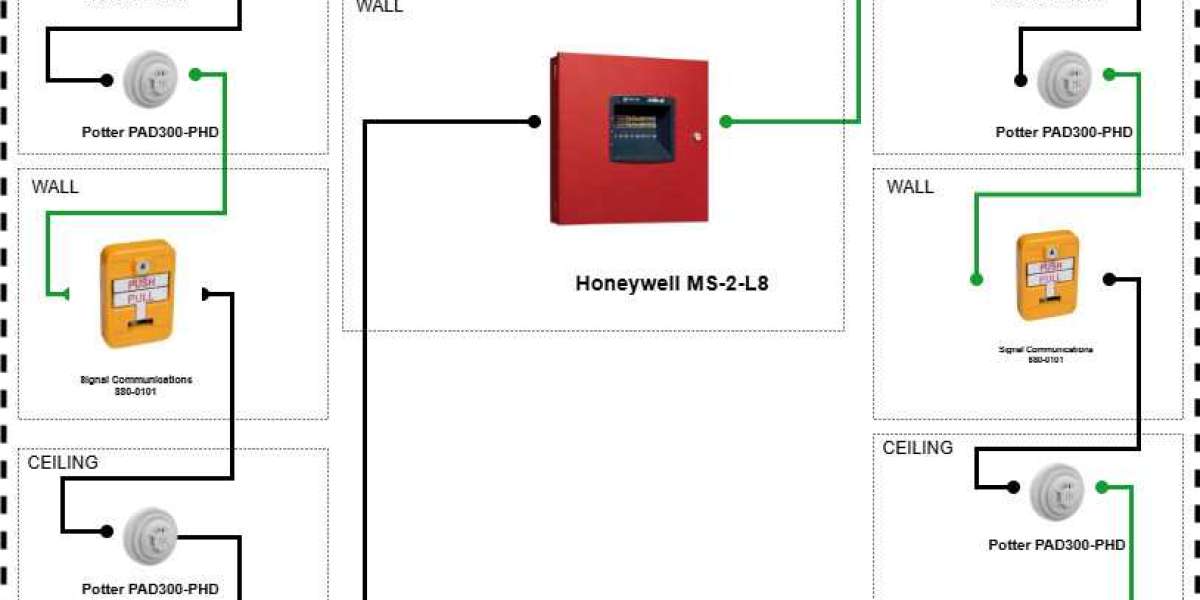A submittal package is the bridge between design and installation. It contains everything that authorities, clients, and contractors need to approve and build a fire protection system. Traditionally, creating these packages involved manually assembling documents from different software tools and formats. This process often introduced inconsistencies, missing information, outdated drawings, and substantial delays.
Automated fire CAD platforms have transformed this workflow. They allow designers to create, update, and export submittals from a single environment. These platforms centralize all essential components including drawings, hydraulic calculations, technical datasheets, schedules, and bill of materials. Using specialized Fire System Design Software aligns every document with the latest design changes, ensuring consistency and improving professional delivery.
Why Streamlining Submittals Is Important
Complex projects demand fast reviews and approvals. Poorly prepared submittals can cause.
Rejections from authorities.
Delays in installation.
Increased costs due to redesigns.
Miscommunication among contractors.
In contrast, streamlined and automated submittal packages.
Speed up approval timelines.
Enhance design accuracy.
Improve contractor coordination.
Present a more professional output to clients.
Automation is no longer optional for growing fire protection companies.
How Automated Fire CAD Platforms Streamline Submittal Packages
Step 1. Centralizing All Design Elements
Modern CAD platforms like XTEN AV bring all elements of fire system design into one workspace. Designers can create plans, run hydraulic calculations, select equipment, and generate reports without switching between multiple applications.
This centralization reduces errors caused by inconsistent data between different software tools. When the layout changes, all related documents update automatically.
Step 2. Automated Drawing Creation and Updates
Traditional drafting requires repetitive work, such as placing devices, numbering sprinklers, updating pipe sizes, and annotating drawings. Automated platforms significantly reduce these tasks.
Advantages include.
Auto placement of symbols.
Smart routing of piping.
Automatic updates when the layout changes.
Consistent annotation standards across all drawings.
This means the drawings within the final submittal package are always accurate and current.
Step 3. Generating Hydraulic Calculations Instantly
Hydraulic calculations are one of the most labor intensive components of any submittal. Manual calculations or stand alone tools require exporting drawings, mapping nodes, and re entering data.
Fire System Design Software simplifies this by linking the CAD layout directly with the hydraulic engine. Designers can.
Run calculations instantly.
Identify pressure issues.
Adjust pipe sizes.
Re run calculations within seconds.
All hydraulic results then flow directly into the submittal package without additional formatting.
Step 4. Automated Equipment Datasheets
Each fire protection project requires datasheets for sprinklers, valves, pumps, detectors, and accessories. Compiling these manually is time consuming and often leads to missing or outdated information.
Automated platforms maintain large libraries of manufacturer approved datasheets. Designers simply select the equipment models, and the system pulls the correct datasheet into the submittal package automatically.
This ensures.
Accuracy of product information.
Easy updates when models change.
Reduced time spent searching for documentation.
Step 5. Auto Generated Bill of Materials
A major part of submittal preparation is creating a bill of materials. Manually counting fittings, sprinklers, pipes, and valves can take hours and may result in errors affecting procurement and installation.
Automated fire CAD tools generate the bill of materials directly from the digital model. Every fitting, length of pipe, and accessory is counted instantly. Designers can export.
Material lists.
Quantity schedules.
Cost estimates.
These lists update automatically whenever the design changes.
Step 6. Built In Code Compliance Checks
One common reason for submittal rejection is noncompliance with local fire codes. Automated platforms help prevent this by integrating code logic directly into the design workflow.
Features include.
Sprinkler spacing checks.
Hazard classification recommendations.
Pressure and flow compliance warnings.
Minimum pipe size checks.
Required device placements based on standards.
This ensures that all documents in the submittal align with NFPA or local codes before they are sent for approval.
Step 7. Creating a Unified Submittal Package
Once drawings, calculations, schedules, and datasheets are ready, the software assembles them into a single organized package. This typically includes.
Cover sheet.
Floor plans and system layouts.
Hydraulic calculation sheets.
Equipment datasheets.
Material takeoff lists.
Compliance documentation.
Notes and design narratives.
With XTEN AV, these packages are structured exactly according to industry expectations, making approval easier and faster.
Step 8. Supporting Collaboration and Version Control
Submittal preparation often requires multiple team members. Automated CAD platforms provide cloud based collaboration tools that allow.
Multiple designers to work on the same project.
Automatic version tracking.
Real time updates across the team.
Instant access for contractors and reviewers.
This eliminates outdated file versions and reduces communication errors.
Step 9. Exporting in Required Formats
Authorities and contractors expect submittals in specific formats such as PDF, DWG, and XLS. Fire System Design Software exports all documents in the proper formats automatically.
This ensures consistent presentation and reduces the time spent organizing files manually.
Benefits of Streamlining Submittals Using Automated Platforms
Faster project delivery timelines.
Reduced rework and errors.
More professional and standardized documentation.
Better communication with contractors and AHJs.
Higher productivity for design teams.
Improved accuracy in materials and calculations.
Automation frees designers from repetitive tasks, allowing them to focus on system quality and safety.
Conclusion
Submittal packages are essential to the fire protection workflow, but they do not need to be difficult or time consuming. Automated fire CAD platforms modernize the entire process, from drafting drawings to running hydraulic calculations and compiling datasheets. By using Fire System Design Software, engineers can produce clean, accurate, and professional submittal packages in a fraction of the time.
XTEN AV leads this digital transformation with intelligent automation, integrated calculations, smart libraries, and seamless document assembly. For any fire protection team looking to improve efficiency and reduce errors, streamlining submittal packages through automation is the smartest path forward.
Read more: https://gwendpots.substack.com/p/the-future-of-fire-system-design








